
Articles on Science fiction
Displaying 1 - 20 of 198 articles

Science fiction and technological innovation feed off each other in an ongoing back-and-forth that can play out over decades.

Arcadian manages to be both highly derivative and also quite unusual. It is part thriller, part creature feature and part horror.

The prevailing human reaction to the idea of artificial intelligence has always been fear, revealed in the way film has portrayed our increasingly important relationship with AI over the years.

Sci-fi master Ursula Le Guin always asked the question: what sort of world do you want to live in? In her masterpiece, The Dispossessed, she considers injustice and war through an alternative universe.

The future is teased in the tenth film of the Apes franchise.

The ‘multimodal’ GTP-4o works with text, sound, images and video, all wrapped in a chatty interactive ‘personality’.

The intriguing stories in Ceridwen Dovey’s Only the Astronauts bring obscure historical footnotes to life.

The Netflix series ‘3 Body Problem’ is based on Liu Cixin’s scifi novel that follows what happens to the alien residents of a planet that orbits two stars.
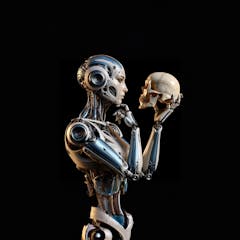
Australian literature is a rich and largely untapped source of information about how Australians think about AI.
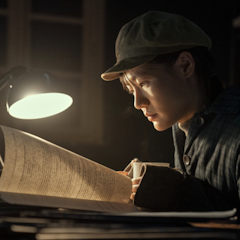
We have joined a game which has been going on before our arrival, and the strategy that everyone has learned is to hide.
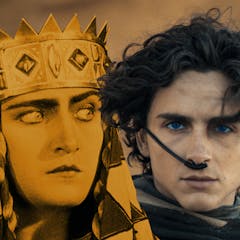
A century before the Dune films became new classics of the genre, Fritz Lang was making epic fantasies that redefined cinema.
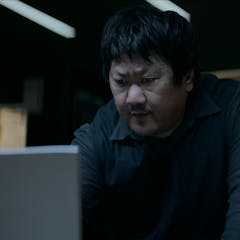
3 Body Problem tells a story of survival, betrayal, and a relentless quest for human and alien coexistence.

White saviourism is the paternalistic notion that white people are needed to “save” people of colour from their circumstances.

When Frank Herbert sat down in 1963 to start writing ‘Dune,’ he wasn’t thinking about how to leave Earth behind. He was thinking about how to save it.

With an adaptation of Chinese bestseller The Three-Body Problem soon to air on Netflix, Josh Stenberg parses the novel and its many themes.
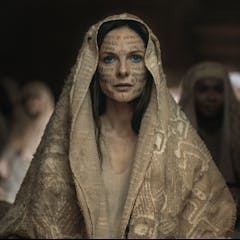
Zimmer creates a sound world full of texture, personality and new timbral possibilities.

Yevgeny Zamyatin was a born loner and instinctive satirist, whose usual response to collective enthusiasm was to dissent.
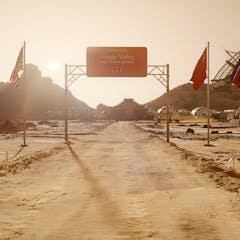
In sci-fi depictions, extraterrestrial habitats have evolved tandem with scientific understanding of conditions on planets
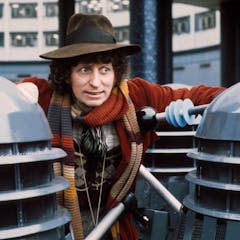
Set firmly within the BBC’s public service broadcasting ethos of informing, educating and entertaining, Doctor Who quickly became a mainstay of Saturday evening viewing
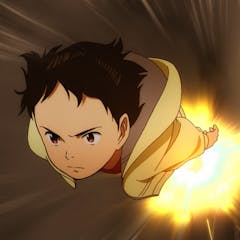
Pluto follows German robot detective Gesicht as he traces the mysterious killings of robots and humans.
